Like any self-respecting East Coast native, I arrived in Los Angeles more than a decade and a half ago armed with the usual stereotypes of this city — namely, it lacked intellectual and cultural “gravitas,” was distinguished by its traffic and smog and defied all known logic of urban organization. Almost immediately, I came to realize that while there was a grain of truth in all of these claims, Los Angeles had many virtues. To begin with, it was far more playful and open to reinvention than the solemn and self-serious East Coast cities in which I was raised and educated. More substantially, it is the site of immense cultural energy that encourages initiative and innovation.
Since arriving, I’ve also shed another stereotype that I had brought with me as a historian of the Jewish experience. Trained as a Europeanist, I had been inculcated to believe that Los Angeles was to New York as America was to Europe — a pale imitation of the real McCoy, a “parvenu” in a world in which antiquity and social stratification bestow merit. This view, unfortunately, is all too common among East Coast or Eurocentric academics.
It is quite surprising, for example, that Los Angeles, the site of frequent innovation, merits no place in the definitive account of American Judaism recently authored by Jonathan Sarna. What this lacuna suggests is that we are in need of more research on the L.A. Jewish experience leading to a new scholarly synthesis that blends cultural, political, social, religious, and institutional stories into one tale. This research must attend to both the local and national contexts of L.A. Jewry.
For it is hard to deny that America has been one of the most successful sites of Jewish settlement in history, if not the most successful of Diaspora communities. Nor can one quarrel with the premise that Los Angeles is one of the most interesting laboratories of urban experimentation today, including its Jewish community.
What make Los Angeles and its Jews so interesting and worthy of attention? Indeed, why should the L.A. Jewish community be a subject of serious study for researchers. Here are some reasons:
1) Size — Los Angeles is the second-largest Jewish city in North America and one of the largest concentrations of Jews in the world. Starting with but eight young men in 1850, the L.A. Jewish community has exploded in population over the course of its 150-year history, reaching its current population of 500,000-600,000. It has developed a vast network of organizations to which Jews of different religious, cultural and political persuasions belong. It also has a sizable majority of Jews without affiliation of any sort, who represent an important and largely untapped source for those intent on studying the challenges facing the American Jewish future.
2) Diversity — Similar to the larger city, the L.A. Jewish community is blessed with rich cultural and human resources. The arrival of thousands of Jews from Iran, Israel and the former Soviet Union over the past 30 years has injected tremendous diversity and energy into Jewish communal and institutional life. In Los Angeles today are some of the most textured and diverse ethnic Jewish neighborhoods anywhere in the world. We have an opportunity to observe in these neighborhoods, and among the recent arrivals, familiar patterns from the history of immigration to this country — the initial desire to organize among one’s own group, followed by a desire for integration into the mainstream, followed by a desire to reclaim parts of a fading or lost native culture. We also have the opportunity to juxtapose these recent waves of migration with the internal American waves that brought thousands of Jews to Los Angeles in early- to mid-20th century.
3) The Sunny Side — Jews have come to Los Angeles for the same reasons that millions of others have: sunny weather and an accompanying sense of social optimism and economic opportunity. Los Angeles has been very good to its Jews, who have assumed positions of prominence in Hollywood, the real estate business and local politics. Moreover, Jews have thrived on the ethos of social mobility and cultural experimentation for which the city is known (and often mocked elsewhere). Thus, they have constantly moved, often westward, in search of open space. And they have constantly remolded themselves from new arrivals into city elders, political radicals, moviemakers, and neo-kabbalists. In this sense, the L.A Jewish experience may not diverge radically from the larger American Jewish template of opportunity and upward mobility. It is the same (in terms of seizing opportunity), just more so.
4) The Dark Side — Some have observed that the “sunshine” narrative of Los Angeles must be tempered by a healthy dose of the “noir.” According to that darker story, evoked by Mike Davis in “City of Quartz ” and more recently in the film, “Crash,” Los Angeles’ veneer of opportunity and mobility barely conceal the barrenness of a vast urban wasteland, marked by anomie, isolation and a glaringly absent center. This “noir” account of the L.A. Jewish experience cannot be dismissed out of hand. It pushes us to think not just of the Hollywood studio bosses, but of the blacklisted writers accused of communist sympathies; not just of the conspicuously affluent, but of the invisible working-class poor; not just of the self-assured guardians of the faith, but of those who struggle to find anything meaningful in their lives as Jews.
Ranging between the narrative extremes of sunshine and noir, the Jews of Los Angeles make for one of the most intriguing and complex Jewish urban centers around. This is all the more remarkable given how understudied L.A. Jewry is. To say this is not to diminish in any way the pioneering labors of Rabbi William Kramer and Norton Stern, who did much to preserve the historical legacy of L.A. Jewry. Nor is to take credit away from groups like the Western States Jewish Historical Quarterly or the Jewish Historical Society of Southern California, which work to continue the work of Kramer and Stern.
Rather, it is to say that the last major monograph devoted to the history of Jewish Los Angeles was written 35 years ago by Max Vorspan and Lloyd Gartner. Their “History of the Jews of Los Angeles” (1970) covers a great deal of ground, especially in tracing the institutional history of the community over the course of its first century. But much more remains to be studied and written, especially since the city has grown and changed in dramatic ways. Scholars ranging from Deborah Dash Moore to George Sanchez to Raphael Sonenshein have shed considerable light on one or another of the city’s Jewish history. But we need more.
A step in this direction will take place this weekend when leading scholars, community activists and political officials gather for a conference, “L.A. Jewry Then and Now,” to be held on consecutive days at the Skirball Cultural Center, the Autry National Center and the UCLA Center for Jewish Studies. At the heart of the deliberations will be two sets of key questions. First, how do L.A. Jews, in all their ethnic diversity and geographic dispersion, fit into the larger cultural and social mosaic of Los Angeles? In what ways is the Jewish experience different from and similar to the experience of other groups in this explosively multicultural city (Mexicans, Chinese, Koreans, Armenians, etc.)? A second set of questions is refracted through a broader national lens: What is the place of L.A. Jewry in the larger narrative of American Jewish history? Is L.A. Jewry unique or typical of the American Jewish experience?
Answers to these questions will, of necessity, be provisional. But they will set the stage for more systematic work over the coming years, work that will begin to fill large gaps not only in the history of the city of Los Angeles, but also in the history of the modern Jewish experience.
For more information about the Nov.11-13 conference, contact UCLA’s Center for Jewish Studies at (310) 267-5327 or visit www.cjs.ucla.edu.







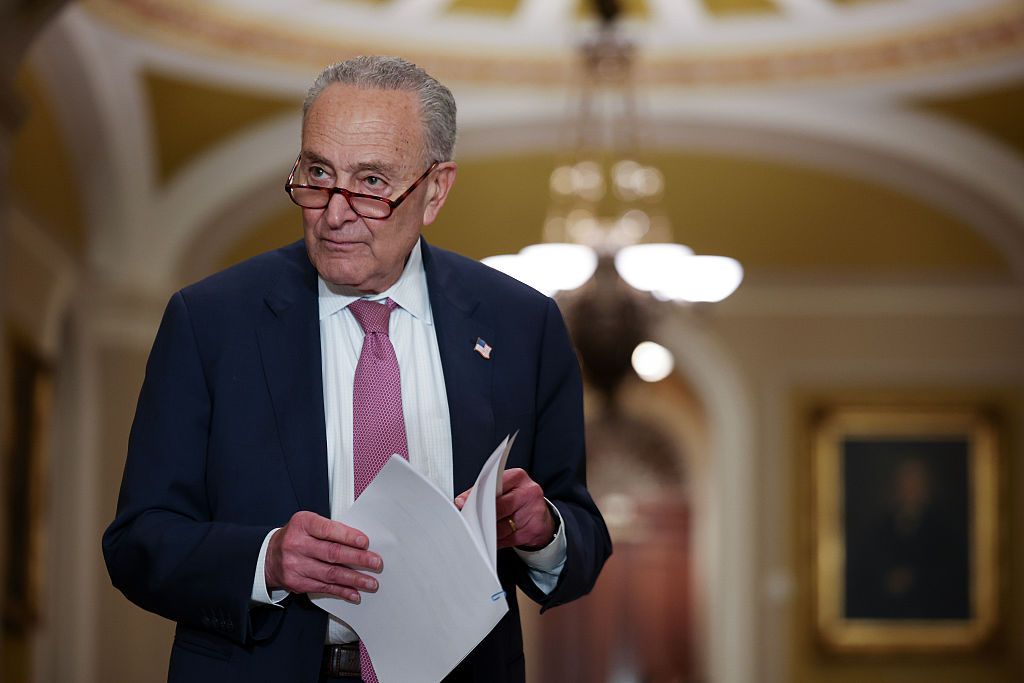
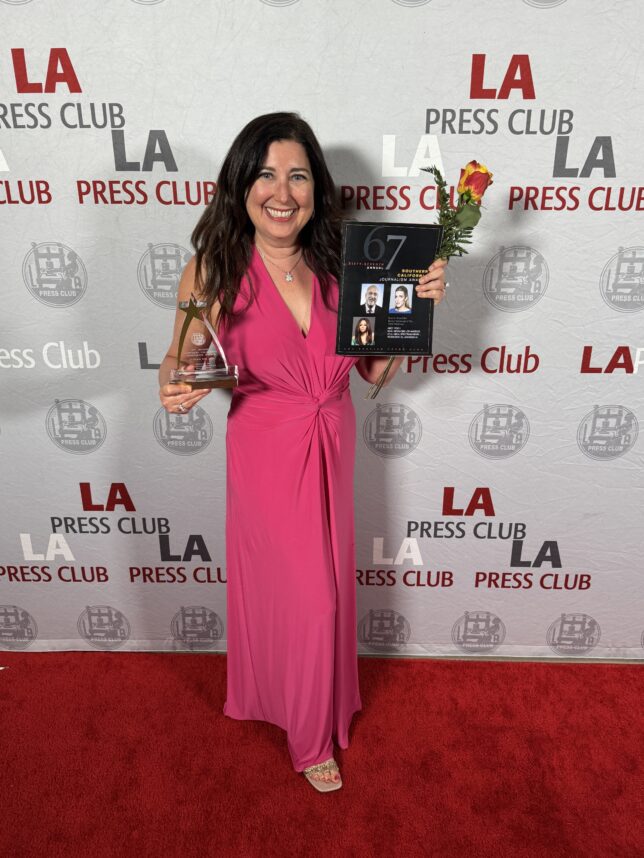
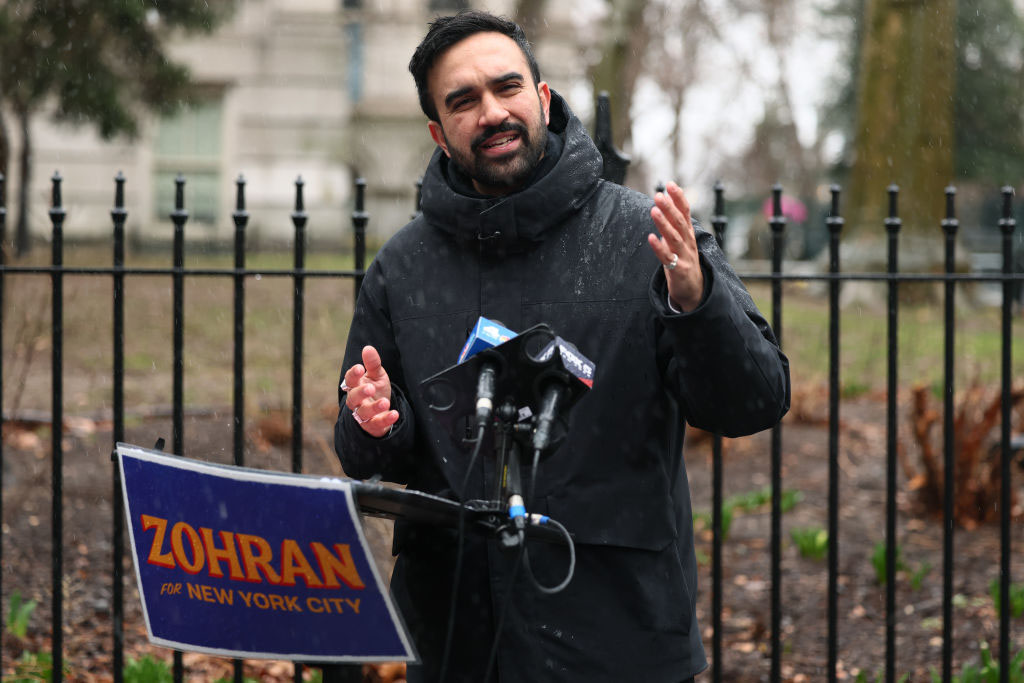
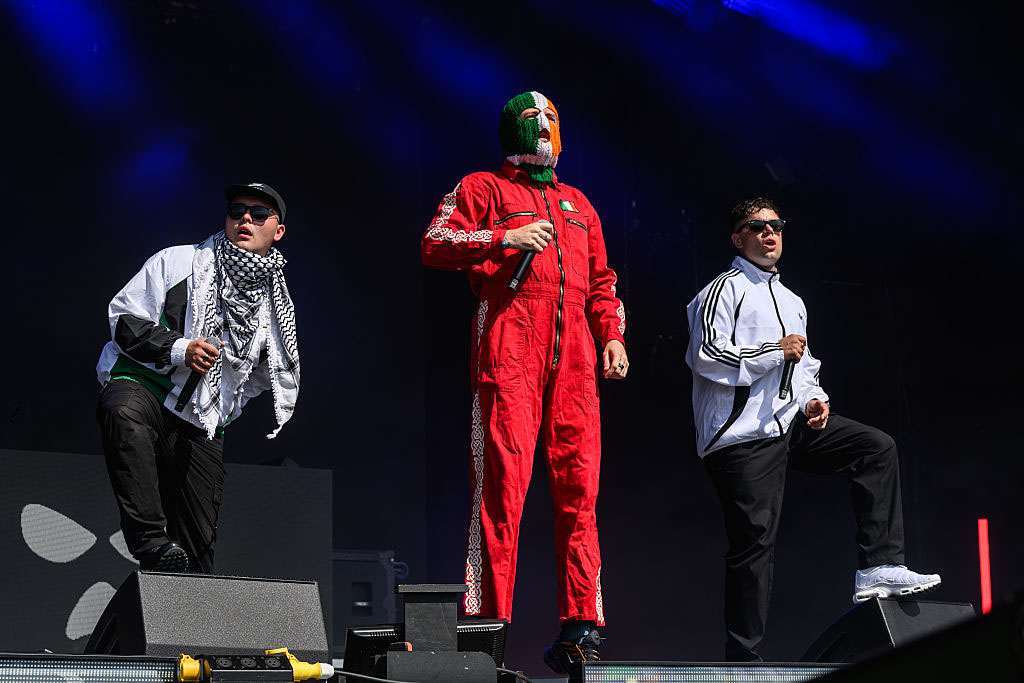
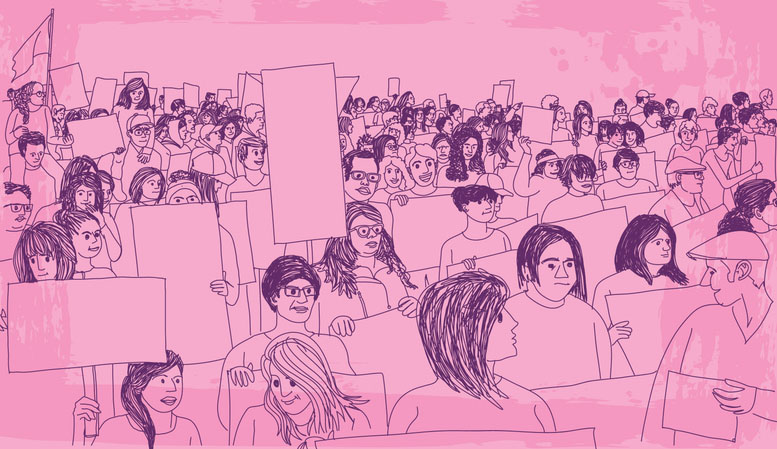
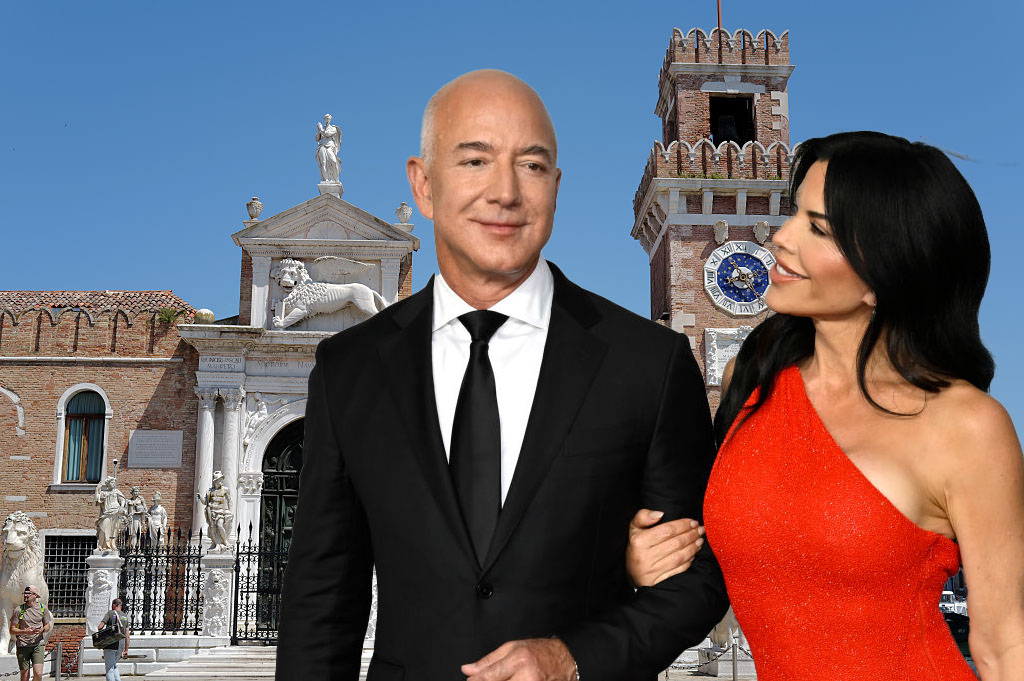
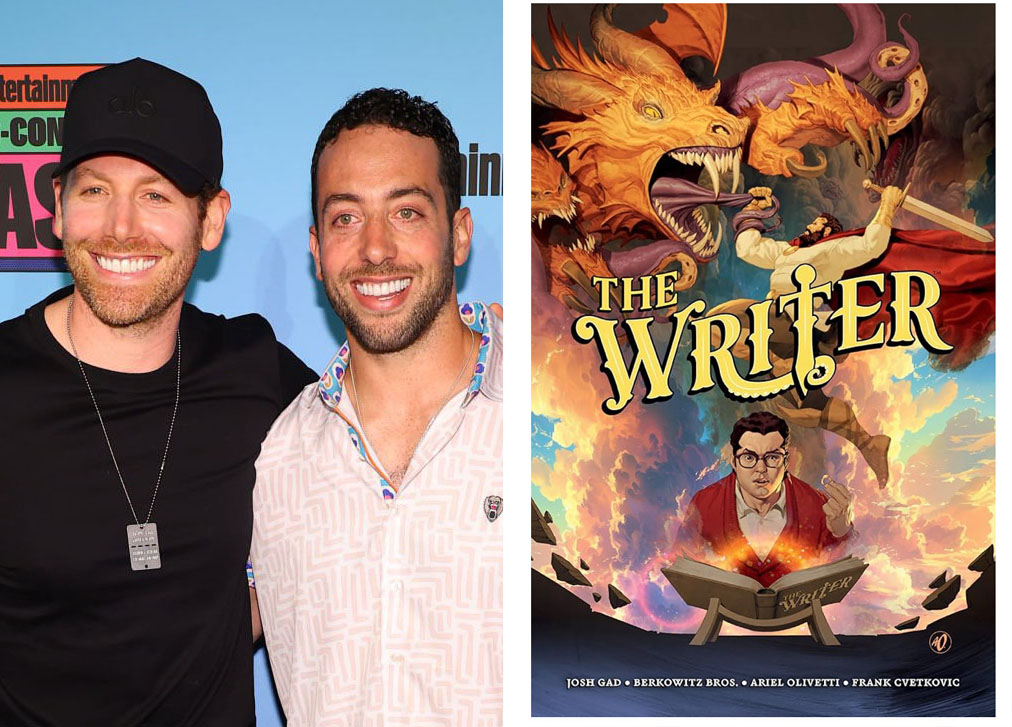


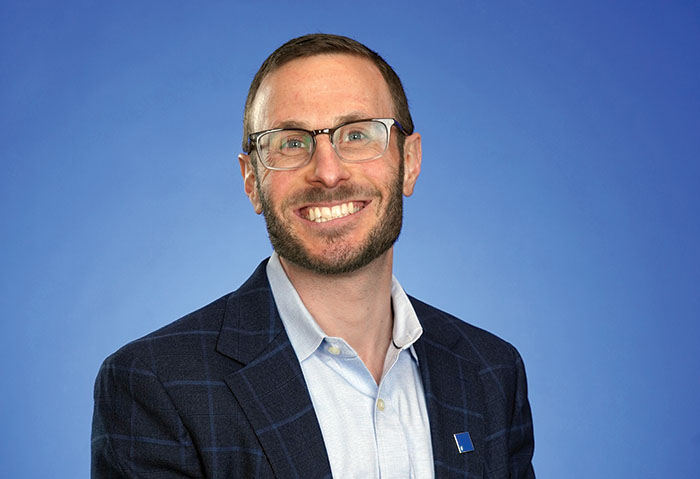


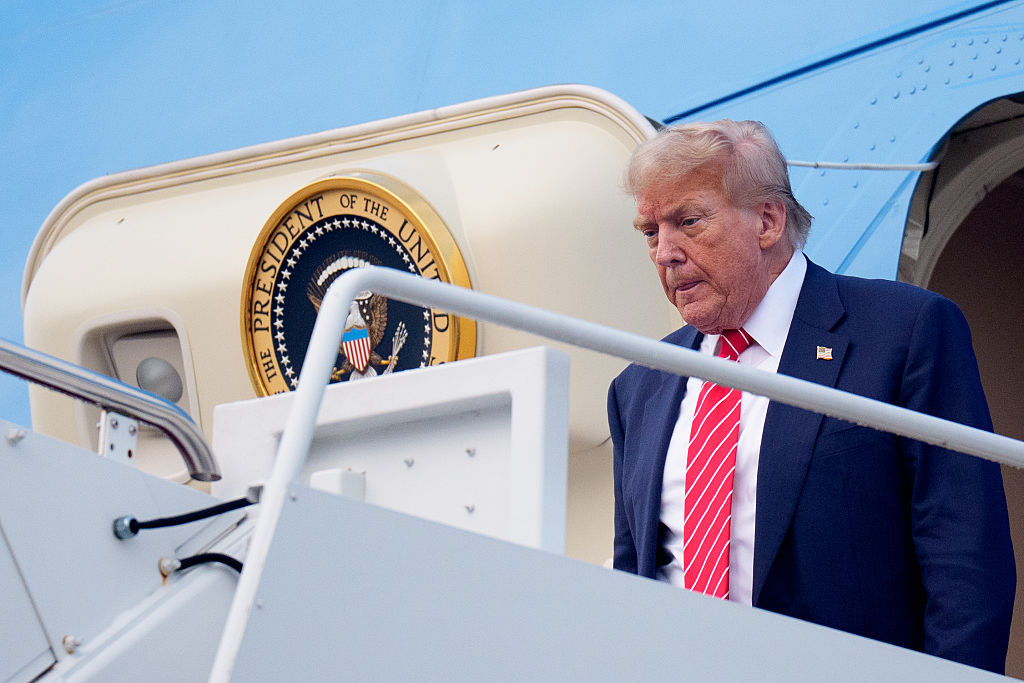
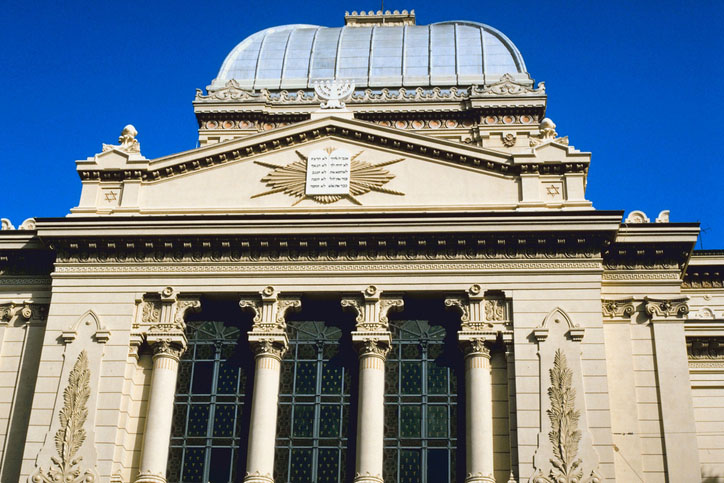
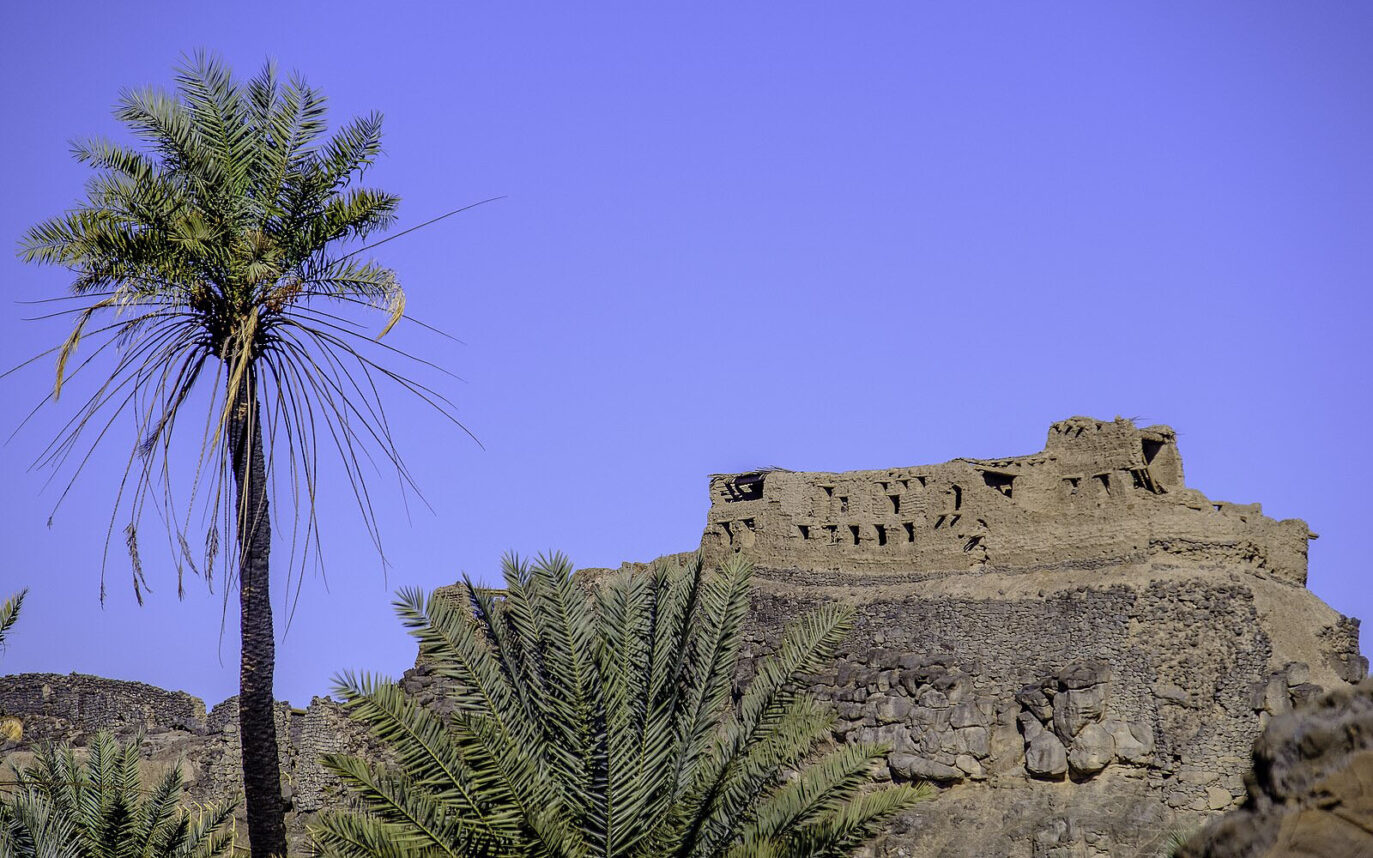
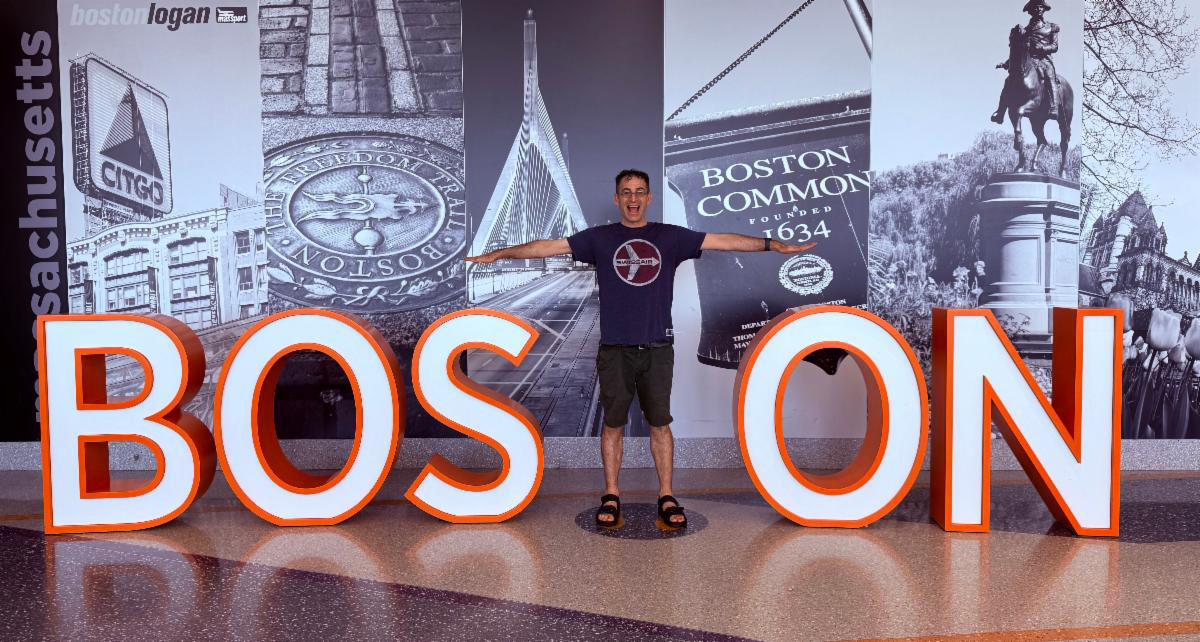
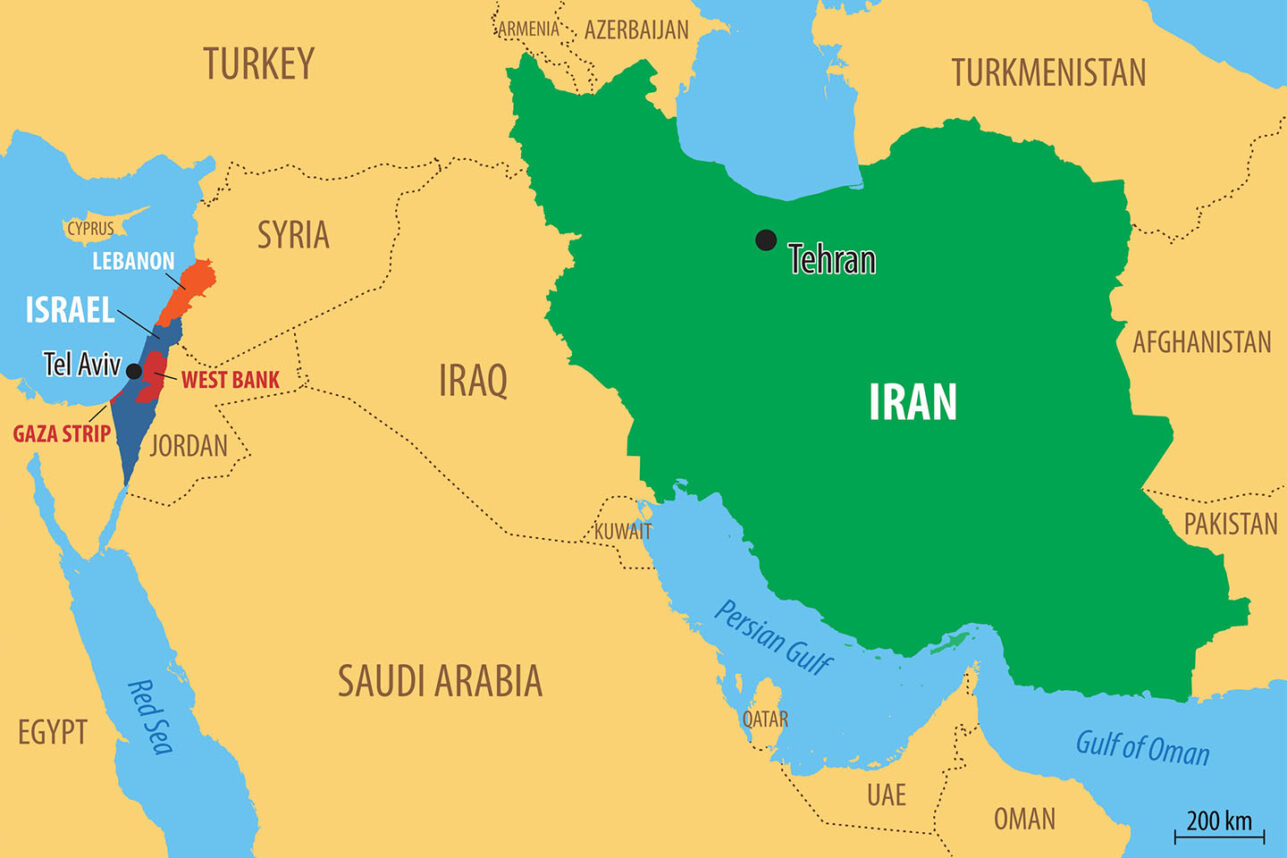
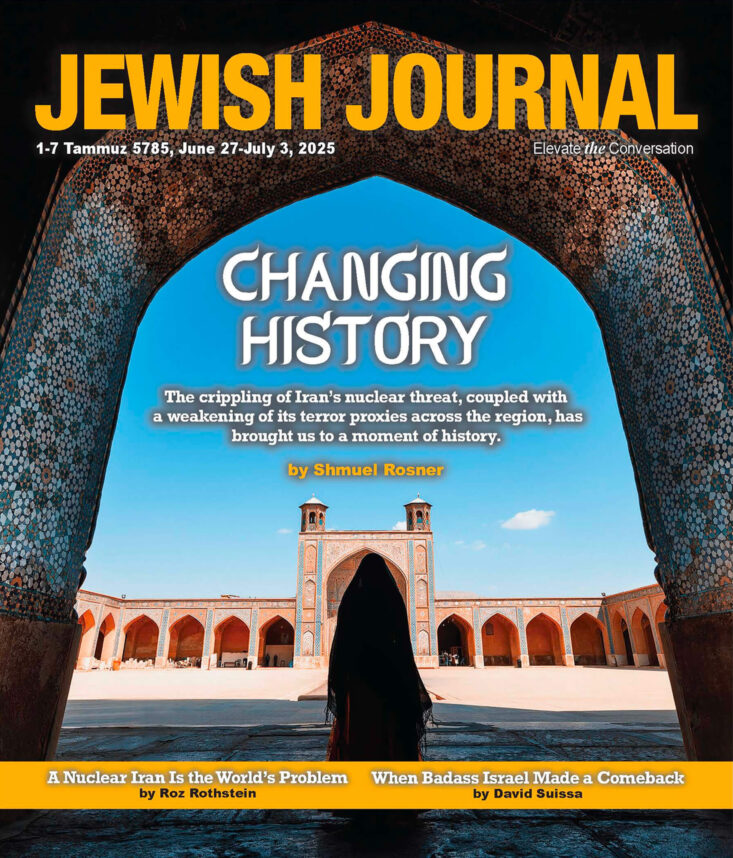
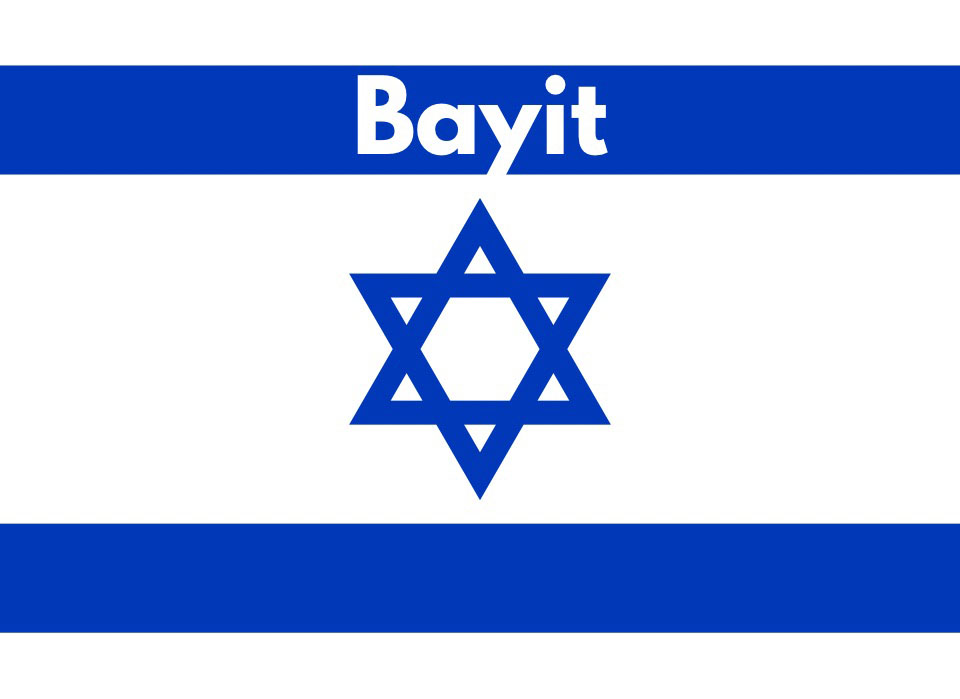
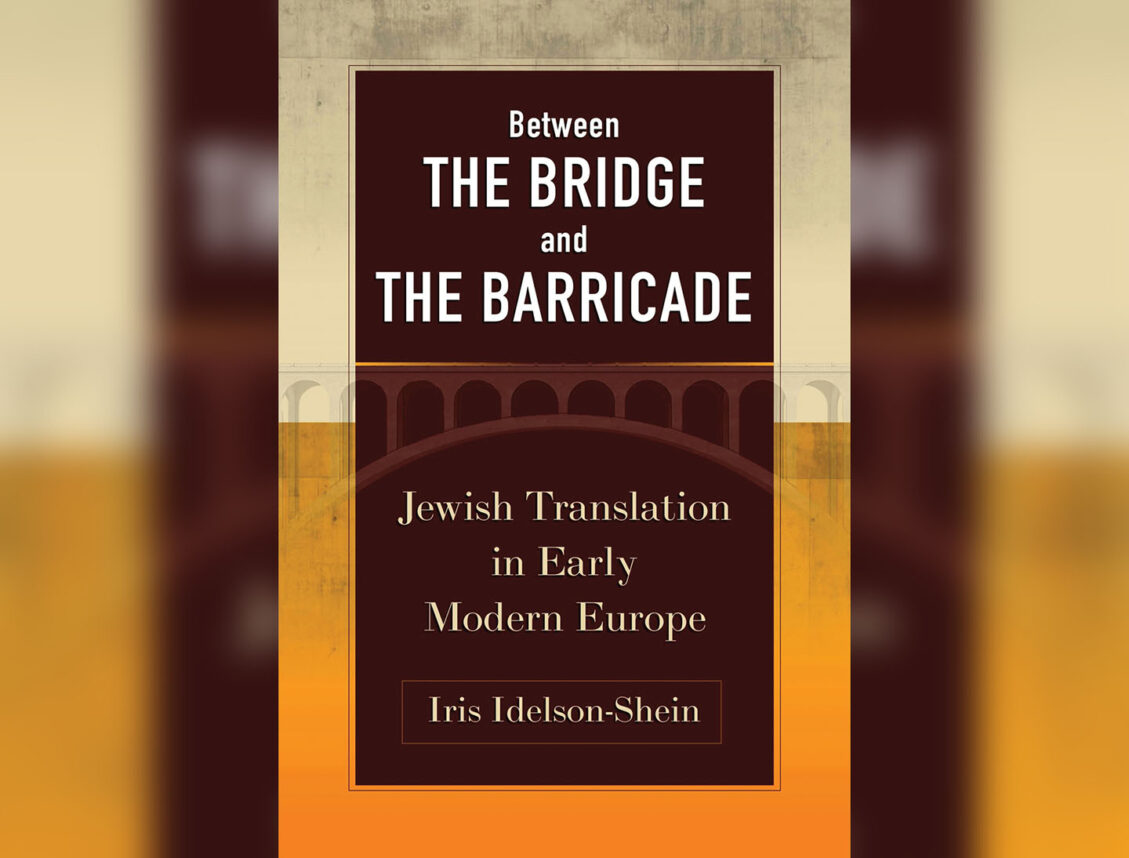

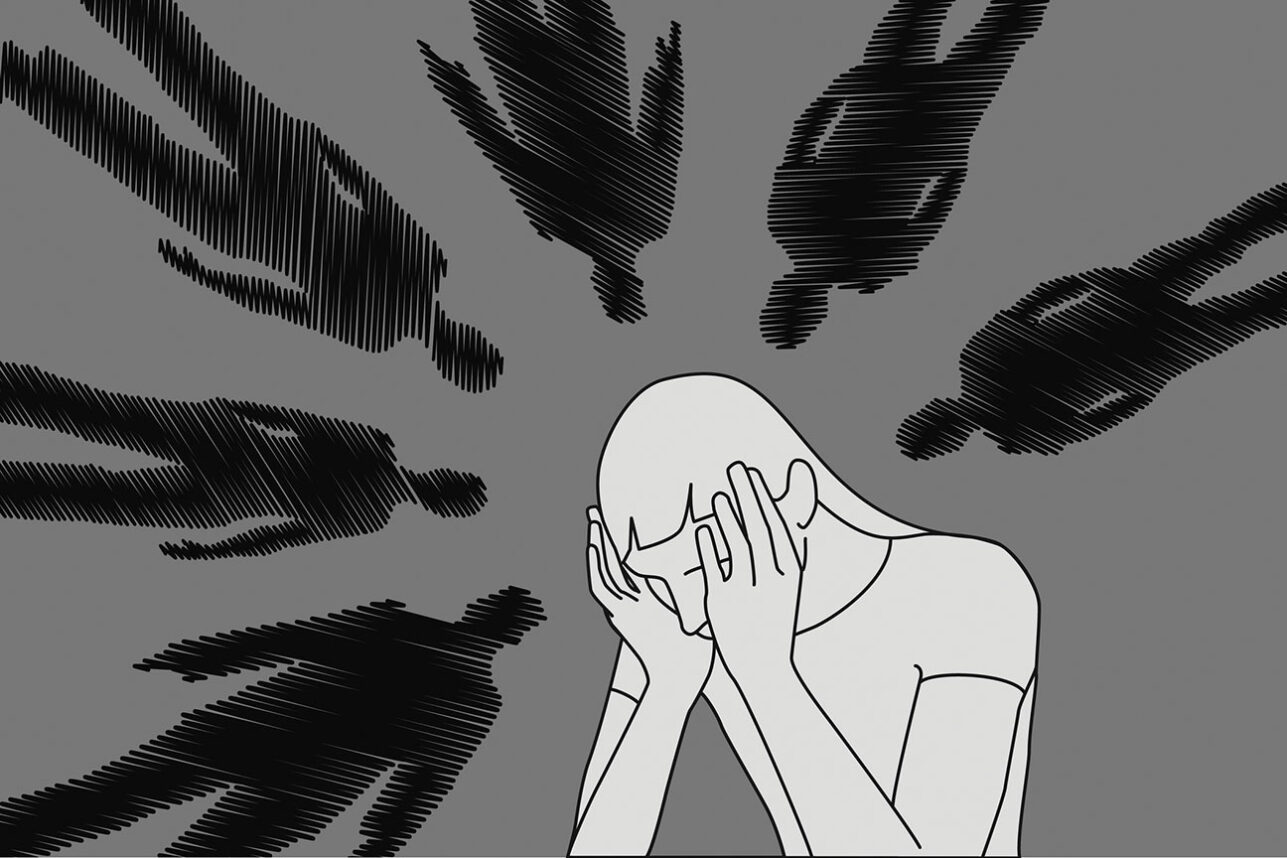
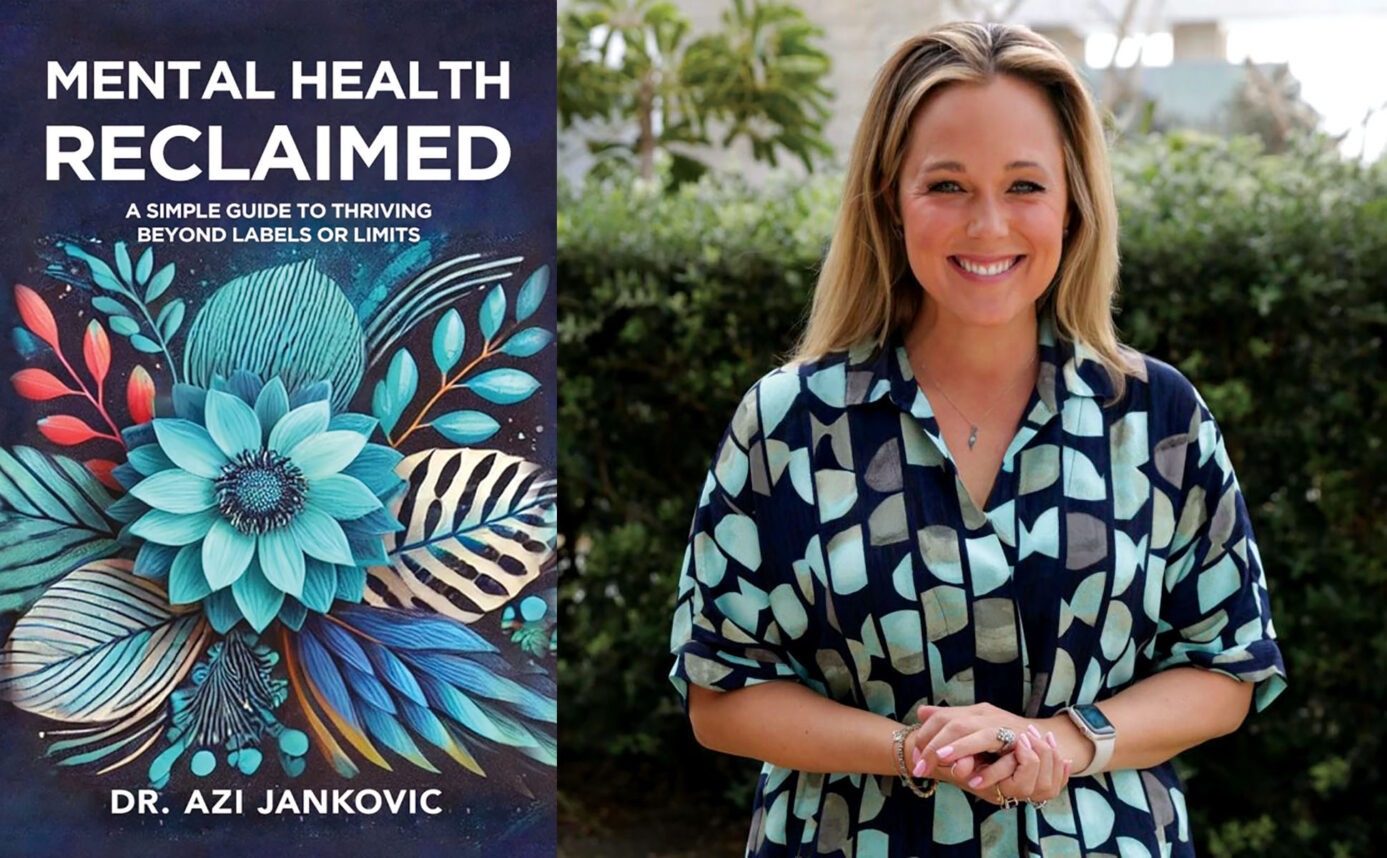
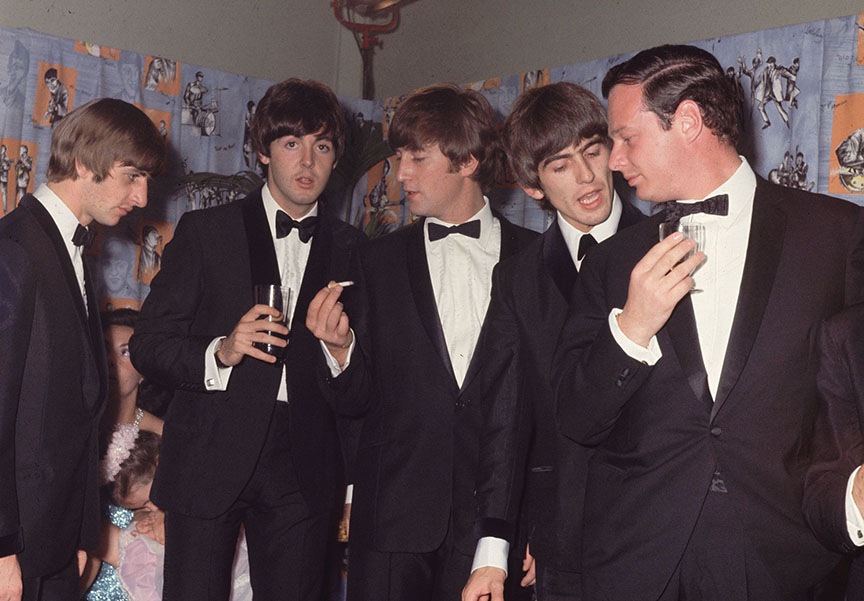

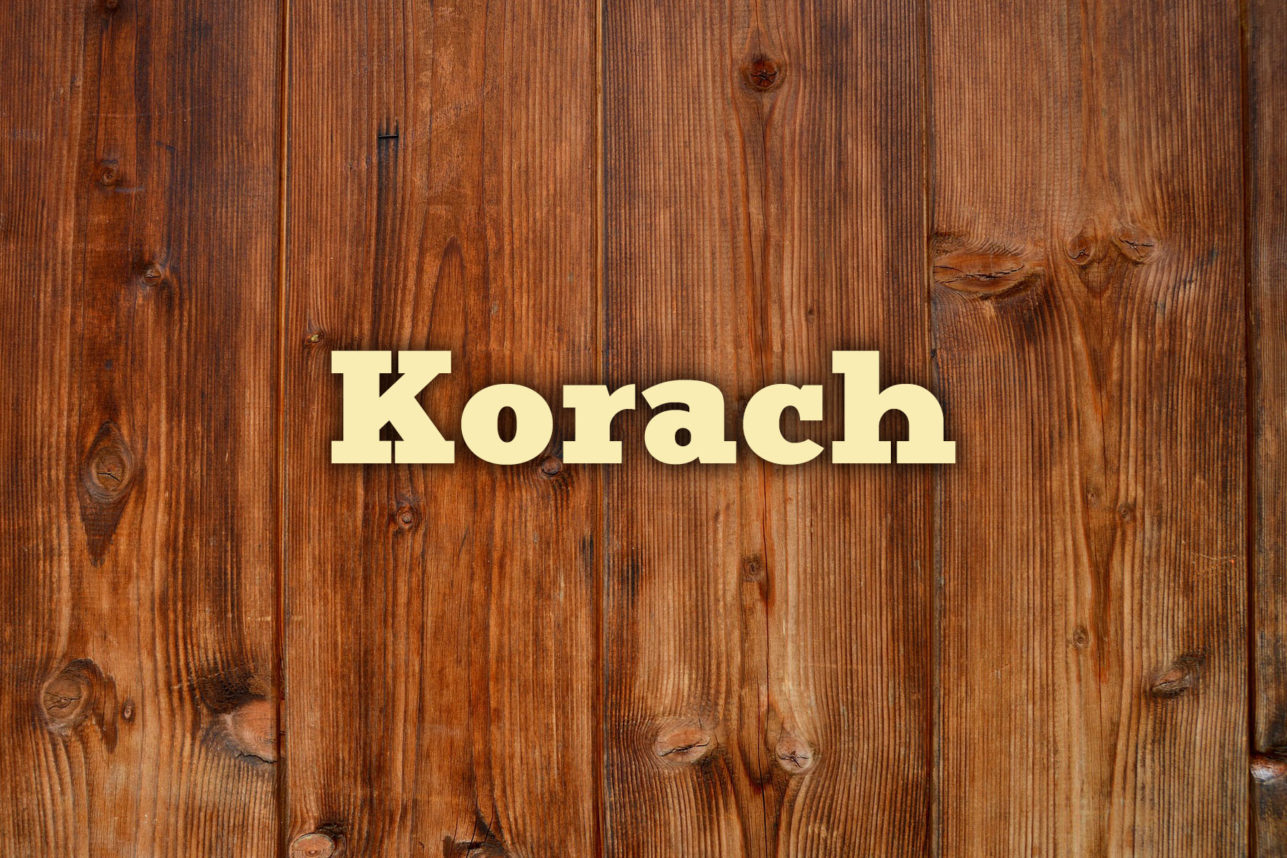

 More news and opinions than at a Shabbat dinner, right in your inbox.
More news and opinions than at a Shabbat dinner, right in your inbox.